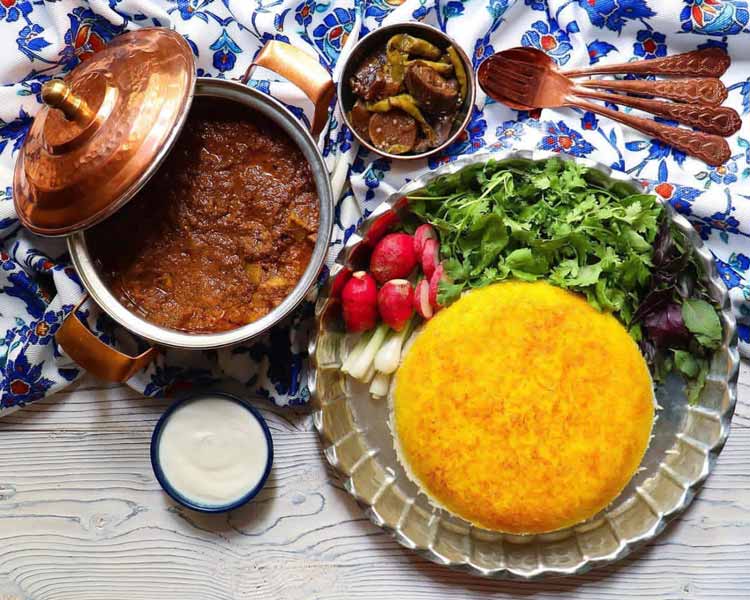The Importance of Eating Lunch? What to cook for Lunch.

Why eat lunch?
Lunch is an important meal for everyone. It provides energy and nutrients to keep the body and brain working efficiently through the afternoon.
A packed lunch made at home can be a healthy and delicious choice and gives you control over the foods and ingredients included.
So too can lunch eaten in a restaurant or canteen provided it follows the rules of a healthy diet. Dietary surveys have shown that most people need to cut down on their intakes of saturated fat, salt and sugar, and increase our consumption of dietary fibre, fruits, vegetables and oily fish.
Packing a healthy lunch each day is a great way to help you meet these goals and can also save you money.
What is a nutritious lunch?
The key to a nutritious packed lunch is variety and getting the right balance of foods to provide you with the nutrients you need to stay healthy. Our daily intake of calories and nutrients is split over the meals and snacks we eat throughout the day.
One way to spread calorie intake over the day is to consume 20% of total calorie intake at breakfast, 30% at lunch, 30% at dinner and 20% for snacks.
The calories we consume from drinks is also included in this allowance. Table 1 shows what the breakdown of calories looks like over a say for men and women. Most calories should come from food eaten at meals times rather than from drinks and snacks.
Table 1. Suggested breakdown of calorie intake over a day for males and females
| Breakfast in kcal | Lunch in kcal | Dinner in kcal | Snacks in kcal | Total in kcal | |
| Female | 400 | 600 | 600 | 400 | 2000 |
| Male | 500 | 750 | 750 | 500 | 2500 |
Source: British Nutrition Foundation Eating regular, nutritious meals helps most people to keep healthy, maintain a healthy weight and stave off hunger. This helps everyone to perform well at school and work.
What foods and drink should be included in a packed lunch?
A healthy, sustaining lunch should be based around wholegrain breads such as wraps, pitta pockets, rye crispbread, wholegrain pasta, rice or noodles.
Try to include some lean protein to help keep you full such as salmon or tuna, eggs, pulses, prawns or chicken. If you include these foods in a packed lunch it will need to be refrigerated to minimise the risk of food poisoning.
It is important to include plenty of fruit and vegetables in your lunch, e.g. an apple, satsuma, handful of cherry tomatoes, carrot, cucumber, pepper or celery sticks, small tub of fruit salad or small box of raisins. Include a drink with your lunch. Water is fine but you can also include milk or milk alternative like Oat Drink if you are lactose intolerant.
What happens if you skip lunch?
Some people think they can ride out the day without lunch but there are some problems that might arise. Skipping lunch is like going on a mini fast and may lead to intense feelings of hunger especially if breakfast was not adequate.
Your body has evolved for survival, and if you go too long without eating you begin to get very hungry and all you can think about is food and your next meal. This leads to deterioration in your performance at work.
The brain’s exclusive fuel, glucose, is compromised within four to six hours if you have not eaten. That’s because the glucose stored in the liver as glycogen, runs out during this time period. When blood glucose dips too low, the liver converts glycogen into glucose and releases it into the blood. But if its glycogen has been depleted, the body has to turn to less efficient fuelling methods. If you go too long without eating, you are likely to eat too much at the next opportunity. This is known as the ‘what the hell effect’. Skipping lunch will catch up with you and may make it harder for you to regulate your eating and weight.
What happens if you eat lunch on the run?
Take a seat at any railway station at lunchtime and you will see people eating on the run. If you eat lunch on the run you create a conflict in your body between digesting food and moving the muscles needed to perform exercise.
This causes blood to flow away from the gut to the muscles of the legs and arms and can lead to indigestion, pain and bloating as the food eaten is not digested properly.
How to eat lunch Take at least half an hour to eat lunch in a calm and restful environment with other people if possible. This will help you to digest the food and drink consumed without any pain or discomfort.
source: https://www.provitamil.com/healthier-lifestyle/the-importance-of-eating-lunch.htm
What to cook for Lunch
Struggling with What to Eat for Lunch? Here are 20 Quick and Healthy lunch Recipes For You To Choose!
1. Easy, Healthy Meat Sauce
2. White Bean and Tuna Quesadillas with Cherry Tomato Pico
3. Sardines Tossed in Marinara With Coconut oil
4. Green Salad With Lemon Dressing
5. Salmon Avocado Poke Bowls
6. Sheet Pan Teriyaki Chicken and Roast Broccoli
7. Green Eggs and Ham Frittata
8. Baked Chicken Fingers With Honey Mustard Dipping Sauce
9. Easy Salmon and Potato Foil Packets
10. Asian Prawn and Quinoa Salad
11. Chicken Curry in a Hurry
12. Tomato Chickpea Salad
13. Roasted Cucumbers With Cream and Horseradish
14. Quick Chicken Fettuccine
15. Steamed Mussels With Tomato and Chorizo Broth
16. Easy Garlic Kale
17. Gyudon (Japanese Simmered Beef and Rice Bowls)
18. Healthy Pork Lettuce Wraps
19. 15-minute Coconut Curry Noodle Soup
20. Smoky Citrus Shrimp With Parsley



